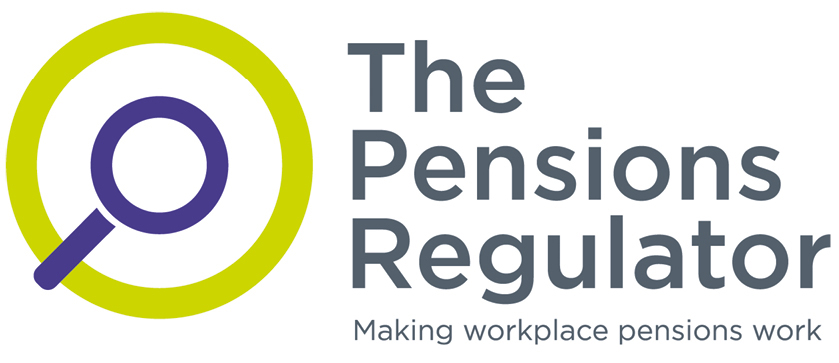Five years on from the introduction of pension freedoms, the Work and Pensions Select Committee is asking whether vehicles exist to enable members to access pension benefits flexibly. The answer is yes but that is only part of the story. The challenge is not whether flexibilities exist, but whether individuals understand them.
Further flexibility is only one element when it comes to determining the quality of an employee’s pension. While lots is being done on engagement, recent research by the Office for National Statistics (ONS) and LCP around pension coverage and adequacy, respectively, suggests implementation of the auto-enrolment review, and indeed increasing contributions, remains an industry priority
Member flexibility
Appropriate flexibility exists within workplace and retail pension products, but it’s important to recognise not all workplace schemes provide the full range of options. Retail products are available and successfully fill the gap where in-scheme options don’t exist. However, they are generally more expensive for members and often require advice. Regulatory support is required to make these options more scalable, cost efficient and streamlined.
The bigger challenge is that most people are not receiving the guidance and advice they need to make an informed decision about how to access their pensions. Guidance is too generic while regulated advice is too expensive. Some form of personalised guidance or low-cost focused advice is needed.
Without this, many people are confused and are losing out financially through a combination of unnecessary fees, taxes, and lost investment returns relative to better solutions that exist, but which they don’t understand. This is a shame as the vast majority of poll respondents (91 per cent) at a recent Society of Pensions Professionals event, attended by defined contribution (DC) consultants, actuarial consultants, and pensions lawyers, felt members could make better decisions if they were better supported.
Engagement and digital technology
Getting members to engage with their pension has been one of the major DC challenges to date and up to now efforts have been unsuccessful. However, while support at and after retirement is lacking, engagement during the accumulation phase is an area of real progress.
There is an ‘arms race’ between providers generating a plethora of benefits, including real-time video statements and access to wider wellbeing packages. Increasingly this engagement is built around advances in mobile DC pensions technology with nearly three-quarters of attendees at our recent event believing the focus on mobile technology will materially increase member engagement.
A key area where we are seeing this is ESG, where the likes of Tumelo provide digital solutions that allow trustees and providers to take members’ views and preferences into consideration. Supporting this development, over three-quarters of attendees at our recent seminar believed it was appropriate to take members’ non-financial preferences into consideration when constructing DC investment strategies. That said, if they are not financially material it is likely that such views and preferences will be catered for via the self-select fund options.
Adequacy and coverage
And when it comes to coverage, auto-enrolment has been a huge success - increasing the number of active pension savers by 10 million. However, recent studies suggest areas of concern remain.
The ONS recently reported that workplace pension participation has plateaued around 77 per cent. Perhaps unsurprisingly, given that auto-enrolment is now fully implemented. In addition, recent modelling by LCP shows retirement incomes for private sector employees declining over the next 25 years as the fall in DB pensions is not fully offset by the increase in DC provision.
The ONS data and LCP modelling shows the need to start the discussion on implementing the recommendations from the 2017 auto-enrolment review. This would bring more employees into the auto-enrolment safety net.
But we must also go further. We believe businesses and savers would support increasing auto-enrolment contributions to 12 per cent contributions (split evenly between employer and employee). Such increases need to be finalised no later than 2030. But more urgently, decisions need to be taken to support this move now.
Latest News
-
FCA consults on plans to better support DC digital planning and transfers amid 'changing market'
-
FCA to consult on pension charge cap in Q2 2026
-
‘No let-up’ in regulatory activity for DB schemes amid heightened scrutiny
-
Keeping track of the latest pensions dashboards connections
-
Govt asked to provide update on SPA transition research
-
This week in pensions: 8-12 December
Private markets – a growing presence within UK DC
Laura Blows discusses the role of private market investment within DC schemes with Aviva Director of Investments, Maiyuresh Rajah
The DB pension landscape
Pensions Age speaks to BlackRock managing director and head of its DB relationship management team, Andrew Reid, about the DB pensions landscape
Podcast: From pension pot to flexible income for life

Podcast: Who matters most in pensions?

In the latest Pensions Age podcast, Francesca Fabrizi speaks to Capita Pension Solutions global practice leader & chief revenue officer, Stuart Heatley, about who matters most in pensions and how to best meet their needs
© 2019 Perspective Publishing Privacy & Cookies










Recent Stories